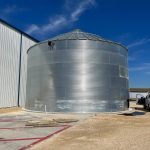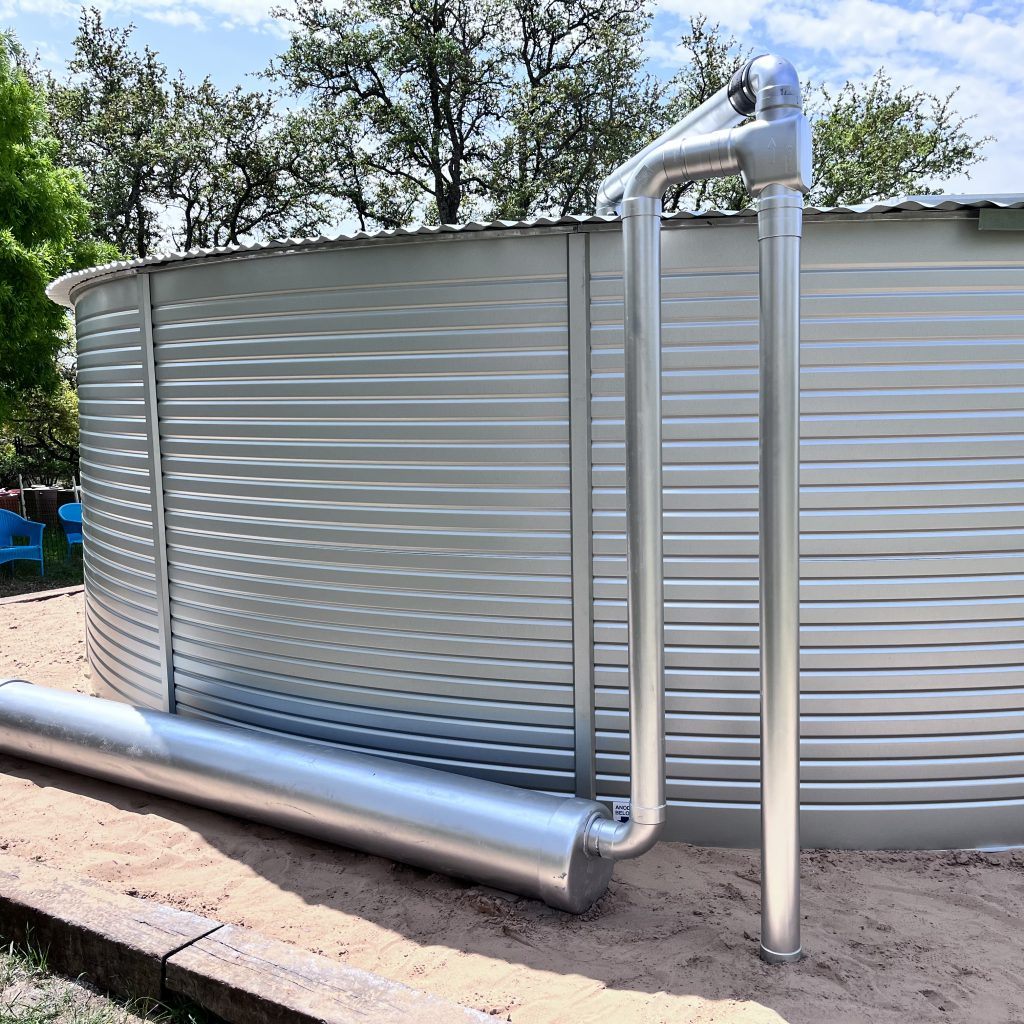
Embracing sustainable practices in our daily lives is not just a trend; it’s a conscious choice to preserve our planet for future generations. One impactful way to contribute to this eco-conscious movement is by harnessing the power of rainwater.
Rainwater harvesting isn’t just a solution; it’s a partnership with nature, a way to utilize one of Earth’s most abundant resources for our everyday needs.
But, before you dive headlong into setting up your rainwater harvesting system, there are crucial considerations to bear in mind. From understanding local regulations to evaluating your water needs and the nuances of filtration, each step plays a vital role in ensuring the effectiveness and efficiency of your setup.
Here are key aspects to keep in mind:
Water Needs Assessment:
Evaluate your water needs. Determine how much water you require for various purposes like gardening, flushing toilets, or laundry. This assessment will help you size your rainwater harvesting system appropriately. It can be helpful to know that the average person uses about 70 gallons of water per day, just in the home. Irrigation needs can be found by comparing the gallons used during the Summer vs the Winter on your current year’s water bill.
Roof and Collection Surface:
Consider the size and material of your roof. Different roofing materials (such as asphalt shingles, metal, or tiles) and sizes will affect the quality and quantity of the collected water. Ensure the roof is in good condition to prevent contamination.
Use our “Rainwater Catchment Calculator” to determine the potential amount of rain your roof surface can capture:
Storage and Distribution:
Decide on the type and size of storage tank you need. Consider above-ground or underground tanks based on available space and aesthetic preferences. Plan for a secure foundation to support the weight of the tank. There are many sizes, models and shapes of tanks available, choose one that is both suited to your storage volume needs, as well as, suited to your aesthetic preference. Think about the distribution system. Determine how the harvested water will be distributed to various parts of your property. The system should include a design that plans for overflows and ensures efficient usage.
Budget and Return on Investment (ROI):
Consider your budget. Rainwater harvesting systems can vary significantly in cost based on size and complexity. Determine what you can afford and choose components and systems accordingly. There are systems for every budget, and our estimators will work with you to determine the most appropriate design for your needs.
Maintenance and Upkeep:
Understand the maintenance requirements. Regular cleaning, system checks, and potential repairs are essential. Ensure you have the time and resources to maintain the system properly.
View our FAQ Post below highlighting Rainwater System Maintenance.

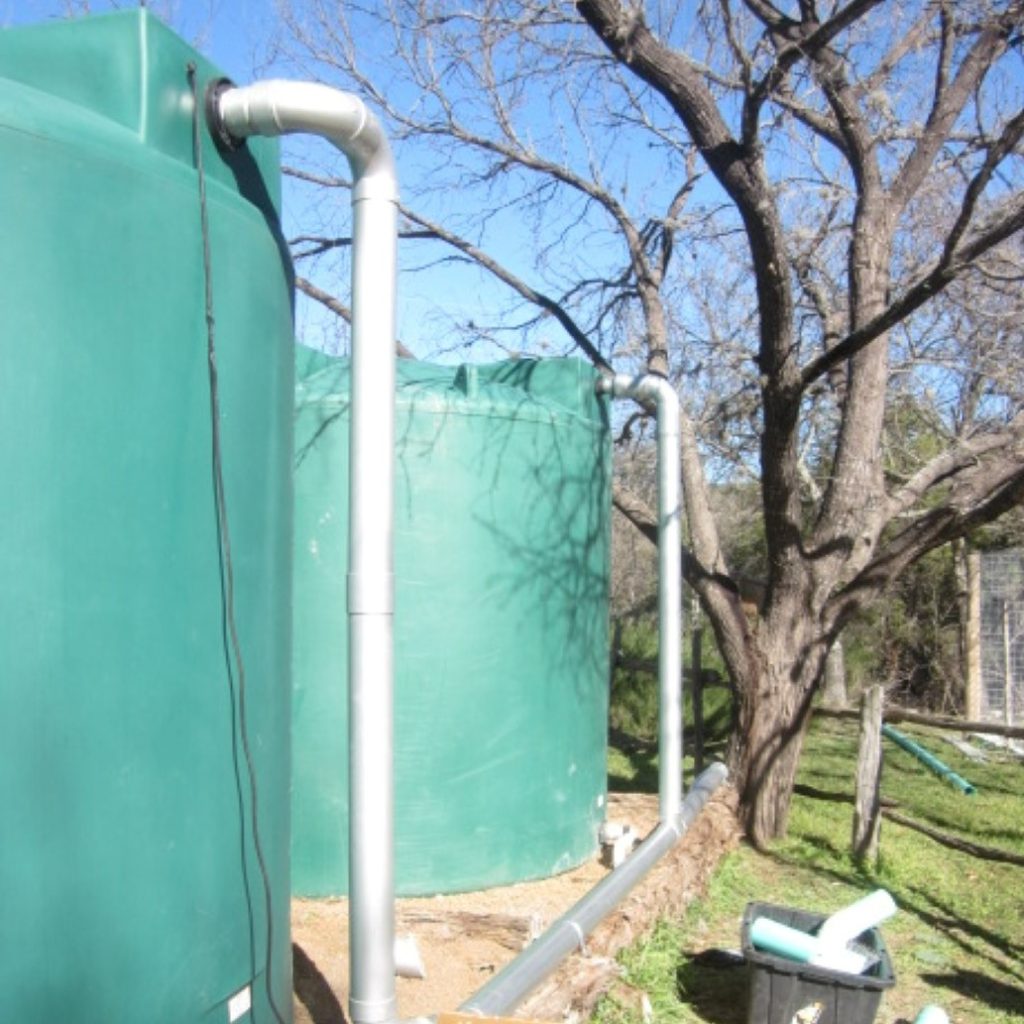
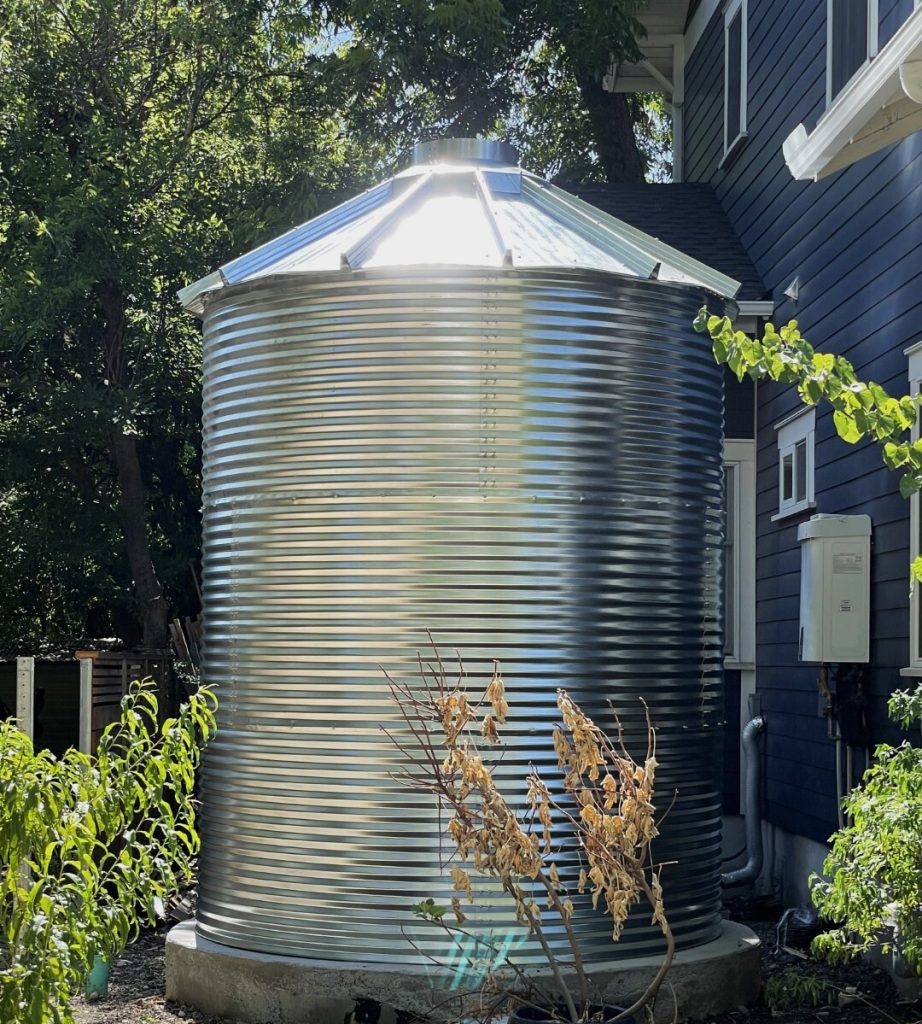
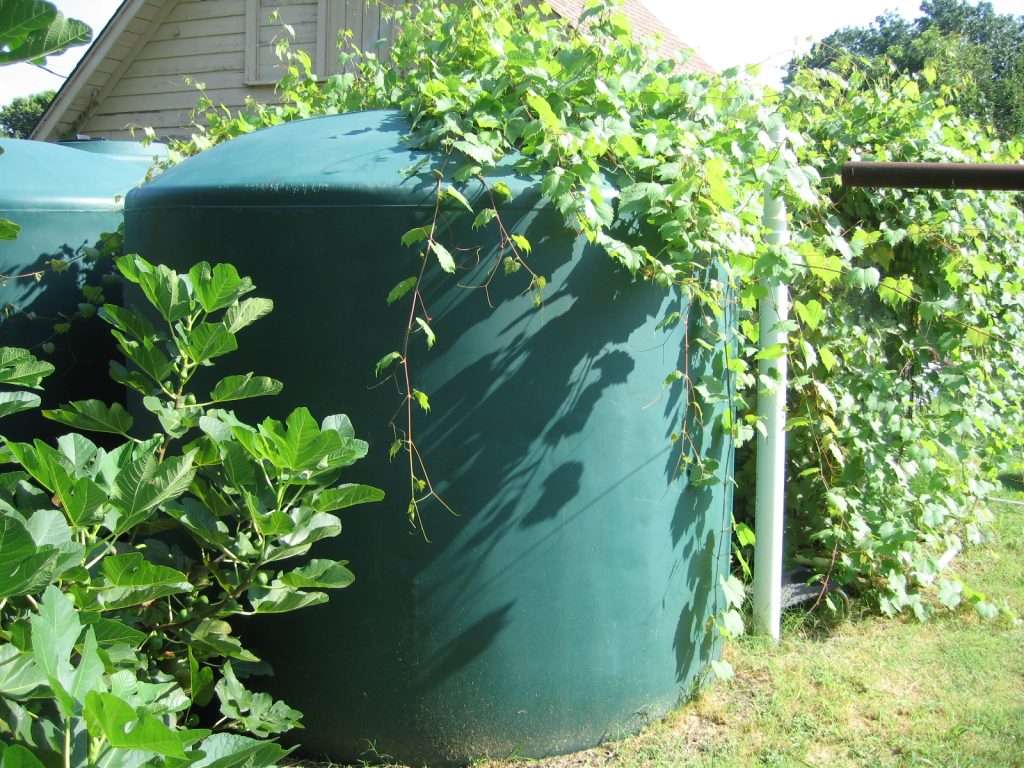
You should also consider what filtration will be used for a potable water system.
Filtration is an important part of maintaining water quality for the following reasons:
- Contaminants from Roof and Gutters:
Rainwater flows over the roof surface and through gutters, collecting various contaminants such as leaves, dust, bird droppings, and pollutants from the atmosphere. These impurities can compromise the water quality. - Microorganisms:
Rainwater can contain microorganisms like bacteria, algae, and fungi. While rainwater is relatively pure, it can get contaminated as it travels from the roof to the collection tank. Stagnant water in gutters or on the roof can promote the growth of these microorganisms. - Chemical Pollutants:
Airborne pollutants and residues from roofing materials, especially in urban areas, can leach into rainwater. Chemicals from air pollution and roofing materials might include heavy metals, organic compounds, or other toxic substances. - Sediments and Particles:
Rainwater often carries sediments and particles from the roof. These sediments can settle at the bottom of the storage tank, affecting water quality and potentially clogging pipes and pumps in the distribution system. - Safe Domestic Use:
If you intend to use rainwater for domestic purposes like drinking, cooking, or bathing, thorough filtration is essential. Even if the water looks clean, harmful microorganisms might be present, posing health risks. - Compliance with Health Standards:
In many places, there are health standards and guidelines regarding the quality of water for various uses. Filtration ensures that rainwater meets these standards, making it safe for a wide range of applications. - Preventing Algae Growth:
Algae can thrive in stored water when exposed to sunlight. Filtration helps in removing organic matter, which serves as food for algae, preventing their growth in the tank. - Preventing Tank Contamination:
Filtration prevents the growth of bacteria and other microorganisms within the storage tank. A clean tank ensures that the water remains safe from contamination after storage.
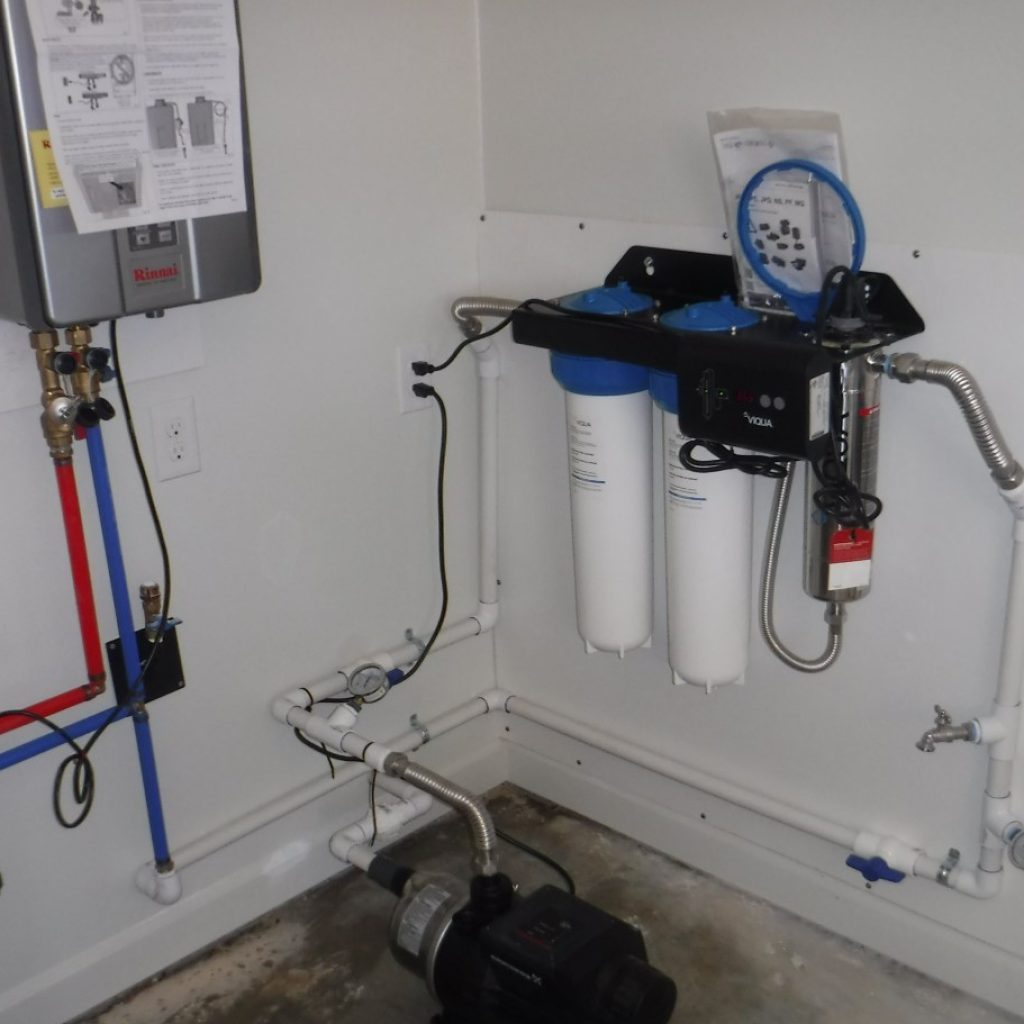
There are a few other factors that must be considered such as local regulations and permits.
Check local regulations and obtain necessary permits. Some areas might have restrictions or guidelines about rainwater harvesting systems. Complying with regulations is crucial to avoid legal issues.
If you’re unsure about any aspect, consult with professionals or specialists in rainwater harvesting, such as Innovative Water Solutions. We can provide valuable insights, ensuring your system is efficient and complies with local regulations. When contracting with Innovative Water Solutions, we take the guess work out of your hands. We procure all necessary permits and even make applying for your local rainwater rebate simple.
By understanding the local regulations, evaluating your water needs, and analyzing factors such as roof material, rainfall patterns, and water quality, you ensure that your rainwater harvesting system is not only efficient but also safe and compliant.
The importance of proper filtration cannot be stressed enough, as it guarantees the purity of the collected water, making it suitable for a myriad of uses.
Beyond the technical aspects, embracing a rainwater harvesting system is a commitment to a greener, more sustainable future. It’s a pact with nature, a testament to our responsibility towards conserving one of our most precious resources. Through this eco-friendly initiative, you’re not just reducing your water bills; you’re actively participating in the global movement to preserve our environment.


